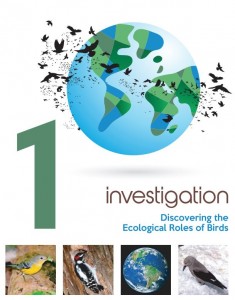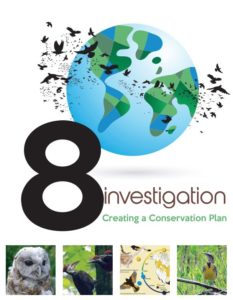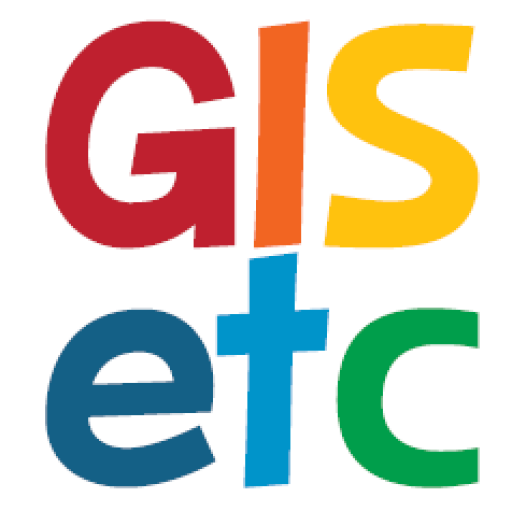Thank you for your interest in Birds Without Borders!
Investigations in Birds Without Borders:
- Discovering the Ecological Roles of Birds – Students identify and evaluate the arguments and claims in selected readings about ecosystem services, biodiversity, and birds.
- Exploring Habitat Needs of Nesting Birds – Students use NYS Breeding Bird Atlas data and web resources to learn about the relationship between habitats and nesting bird distribution patterns.
- Determining Annual Life Cycles of Local Birds – Using eBird citizen science data and visualization tools, students discover what bird species live in their area year-round and which are seasonal residents, and they consider why some birds migrate while others do not.
- Modeling Bird Population Trends – Using animated maps, students relate migration patterns of various bird species to landscape features and habitat needs across the seasons.
- Tracking Birds with Citizen Science – Students use eBird citizen science data visualization tools to investigate the distribution of various bird species over time and space.
- Investigating Bird Biodiversity across the Americas – Students create graphs and use maps, quantitative data, and web resources to investigate distribution of selected bird species in the U.S. and beyond.
- Exploring Bird Conservation Needs at Home and Abroad – Using maps, quantitative data, and web resources, students investigate factors affecting the distribution of bird species across North and South America and consider the implications for conservation.
- Creating a Conservation Plan – Students learn about needs and opportunities for bird conservation in the U.S. and neighboring countries. They propose an action plan to protect or restore a selected bird species or habitat, and they create a presentation to share with peers or the public.
Investigation 1

Investigation 8



